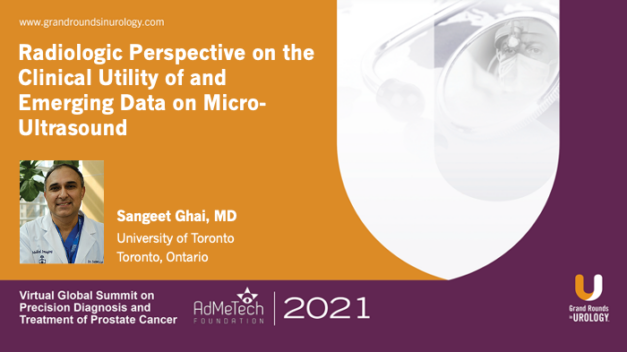High Resolution Micro-Ultrasound: Going Beyond MRI
Laurence Klotz, MD, FRCSC, illustrates the value of high resolution micro-ultrasound over that of multiparametric MRI (mpMRI) in prostate cancer staging and diagnosis. He begins by reviewing the history, strengths, and limitations of mpMRI, and he presents his own history with high resolution micro-ultrasound.
Dr. Klotz then explains the differences between high resolution micro-ultrasound and conventional ultrasound. He compares the sensitivity, precision, and accuracy of high resolution micro-ultrasound against those of mpMRI and conventional ultrasound.
Dr. Klotz concludes by examining the efficacy of combining mpMRI and high resolution micro-ultrasound for prostate cancer diagnosis and staging. He presents data from ongoing trials supporting the use of high resolution micro-ultrasound as a complement to mpMRI.
Read More





